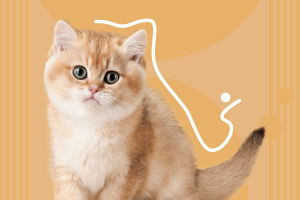Corals have been growing for 4.6 billion years. Looking back at the process of giving birth to life on the earth, there are countless kinds of creatures. Over the long years, many species gradually disappeared from the earth.
It is a real animal. Coral refers to the calcareous skeleton secreted by coral polyps, and what condenses under temperature conditions is mostly red, but also black or white.
The types of coral include red coral, blue coral, Mediterranean coral, black coral, etc., of which blue coral and black coral are almost extinct.
Main characteristics of corals.
Corals are shaped like branches and have bright colors and can be used as decorations. Gem-quality corals are red, pink or orange-red.
The red color is due to the coral's absorption of about 1% of the iron oxide in seawater during growth, and the black color is due to organic matter. Has a vitreous to waxy sheen and is opaque to translucent.
Coral habitat.
Corals live in tropical and subtropical waters and are formed by aggregations of coral polyps.
Individual polyps are several millimeters long and have many tentacles that are used for photosynthesis and preying on small plankton.
How corals reproduce.
Corals can reproduce sexually or asexually. Corals reproduce in two ways: sprouting or oviparous.
Most corals use budding, where polyps form small buds that then develop into new polyps.
Occasionally, corals also reproduce by spawning, from which larvae hatch into adults.
The efficacy and role of coral.
In addition to its medicinal value to the human body, coral also has good medicinal value to some animals.
For humans:
It has a sedative and sedative effect and can be used to treat symptoms such as restlessness, restlessness, insomnia and more dreams.
It also has the effect of hemostasis and eyesight, and helps to treat burns, nosebleeds, cataracts and other diseases.
For animals:
Wildlife biologist Angela Ziltener of the University of Zurich in Switzerland and analytical chemist and food scientist Gertrud Morlock of the University of Giessen in Germany have observed that dolphins choose specific corals to fight skin diseases.
Coral and polyp mucus can modulate dolphin skin microbiota and treat infections.
Repeated rubbing exposes active metabolites to the dolphin's skin. These metabolites can help them achieve skin homeostasis and help prevent or help treat microbial infections.
The Great Barrier Reef is the longest coral reef in the world. It runs through the northeast coast of Australia, with a total length of 2,011 kilometers and a width of 161 kilometers. It consists of more than 2,900 coral reef islands and has become a tourist attraction for tourists.
The afterglow of the sunset reflected on the sea. The whole sea is like a layer of golden powder has been sprinkled. The colorful coral reefs are even more beautiful and spectacular under the reflection of the setting sun.
Do you want to bring home the breath of the sea? Do you want to build a "coral garden" at home?


